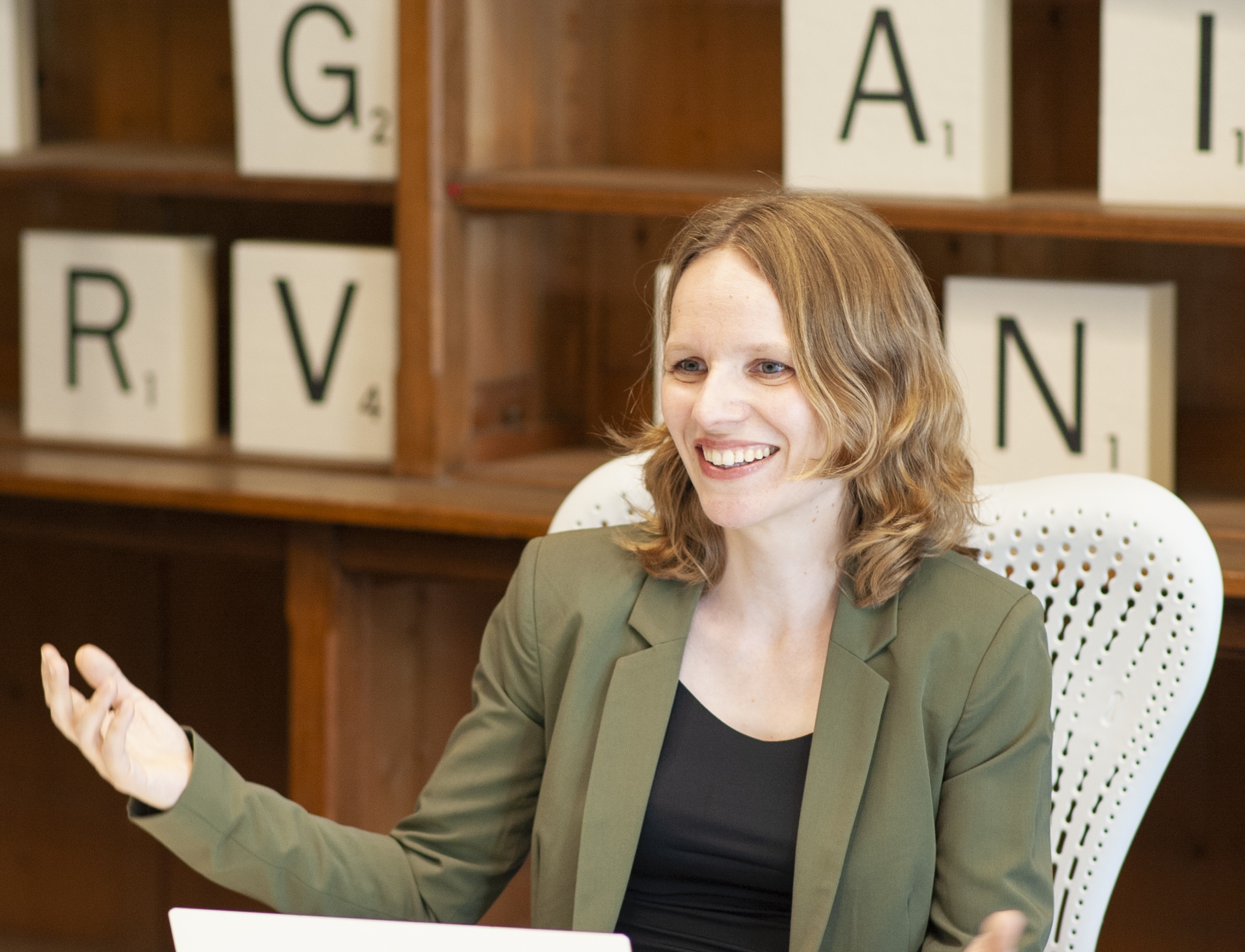
Eva van Rikxoort, CEO of Thirona, tells how combining her scientific experience with personal purpose led to her founding a company to develop software for advanced lung image analysis.
Making the move from scientist to CEO is not a transition I ever expected to make. My interest in tech initially led me to study artificial intelligence. After completing my MSc in AI, I studied for a PhD. in medical image analysis, and it was during this process that my fascination with lungs was born. A little later, I began to realize how few people have access to scientific advances. The idea grew that science should be available to everyone, and we should all be able to benefit from it.
Bridging the Gap
Lungs are one of the most complex human organs, and they are challenging to examine. You can’t simply take out a lung to study it and determine what’s going on. Imaging is pretty much the only tool you have, and, on its own, it has limitations. That’s where AI comes in, and the possibilities of applying AI to medical imaging quickly began to fascinate me. I realized a lot more was possible than what was reaching either patients or the medical industry.
By 2014, I had an established scientific career in the US and the Netherlands in the field of pulmonary image analysis with AI. When I met physicians and people from the clinical research industry at scientific conferences, they often asked me, “Can I use this software you developed with your research team?” Sadly, my answer was usually “no,” partly because it was not a market-ready solution, and partly because that was not our role as scientists. Finding a way to bridge that gap led me to found Thirona. I wanted to bring scientific advancements closer to the patients who should benefit from the knowledge.
Driven by Empathy
People ask why I started a company instead of simply joining an existing one. My reply is: it just happened. Organically, I think is the correct term . I moved from the Netherlands to the US, working with an academic group affiliated with a clinical research organization (CRO). Got a taste of the kind of innovation that could be possible. I was encouraged when I received a serious request for analysis from my first-to-be customer, which was when the idea to found Thirona was born. This request led to one of the biggest US research studies on COPD, which we still support today.
Since then, we’ve grown from one-and-a-half people to a group of 60 employees. It’s been a remarkable journey, built on learning from our mistakes and inexperience. I had no idea what to expect when we started, but I am proud of where we are now.
Taking a Treatment Approach
We focus on the chest, particularly lung diseases, and our primary product analyzes chest CT scans with AI technology. Instead of only a diagnostic approach, we specialize in facilitating the development of treatment solutions for both common and rare diseases. Such pharmaceutical and MedTech innovations ultimately help physicians plan the personalized treatments best suited to each patient and to monitor the results. I am convinced that precision medicine, which enables us to treat different patients differently, is where artificial intelligence can achieve the most significant impact.
A Culture of Collaboration
Our organizational culture is one of service and collaboration. The passion we had at the very beginning, and the drive to discover what is yet undiscovered, still exist. We are committed to bringing science to the patients, helping more people worldwide to access the best possible healthcare, and eliminating the bias of “one-size-fits-all” treatment. We believe true innovation can only occur by working together with technological and industrial partners, clinical care specialists, and research groups. For us, it’s about maximizing the positive impact on patients and human well-being.
I get satisfaction from seeing our employees flourish and become the best they can be. This applies whether we are collaborating as a team or working with our partners to develop breakthrough treatments. The partnership and co-innovation mindset are what really make the difference.
Organic Diversity
One of the exciting things about Thirona is that we have substantial team diversity across the whole company. I believe this balance of genders, cultures, and nationalities is one of our greatest business strengths, and it occurred naturally without setting any employment targets. Inclusivity exists without effort if you have a genuinely inclusive mindset and believe in the same values.
What I also find important is that people have the flexibility they need to live their lives. Every parent, man or woman, needs to be able to spend time with their children or adjust their working hours when necessary. At Thirona, we prioritize equality and inclusivity in everything we do. We hire talent and expertise, but never at the cost of attitude and personality.
Looking Ahead
I believe that the world needs AI. Founding Thirona was a natural progression and a way to combine all the benefits offered by technology with medical knowledge and a desire to be meaningful to society. I think over the next decade we’ll see healthcare change drastically. The use of AI in imaging is taking off. Our algorithms are already helping doctors determine personalized treatments or conduct surgical interventions more accurately.
Pharmaceutical companies can monitor the treatment effect of drugs much faster and more precisely when they use Thirona technology. Virtual bronchoscopy, deeper insights into COPD conditions, new possibilities for treating patients with rare diseases like Pulmonary Arterial Hypertension or Cystic Fibrosis, and 3D reality surgery applications – it is all already happening, enabled by our AI software, and the future gets more exciting by the day.
I’m excited and thrilled to continue the journey with the exceptional Thirona team. It’s not only fun but a privilege to lead such impactful changes.
For more information about Eva van Rikxoort or Thirona BV, please contact the Media Relations department: mediarelations@thirona.eu